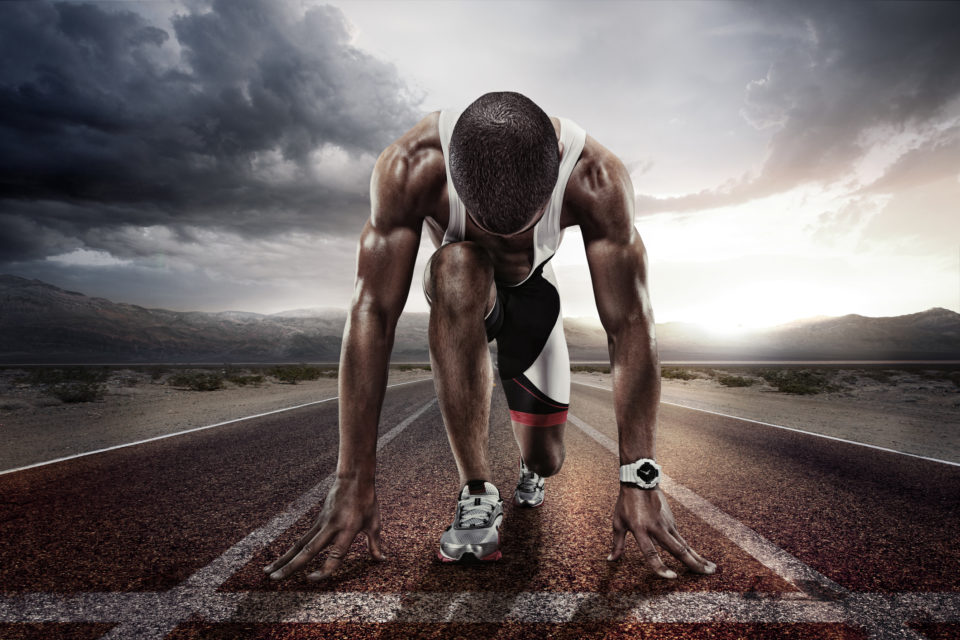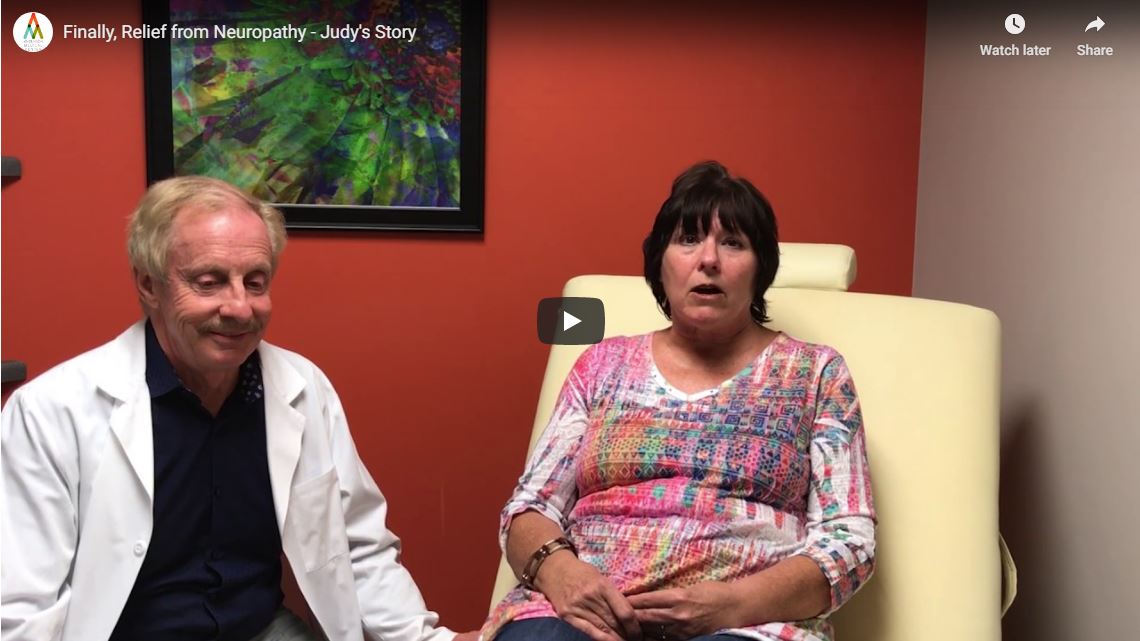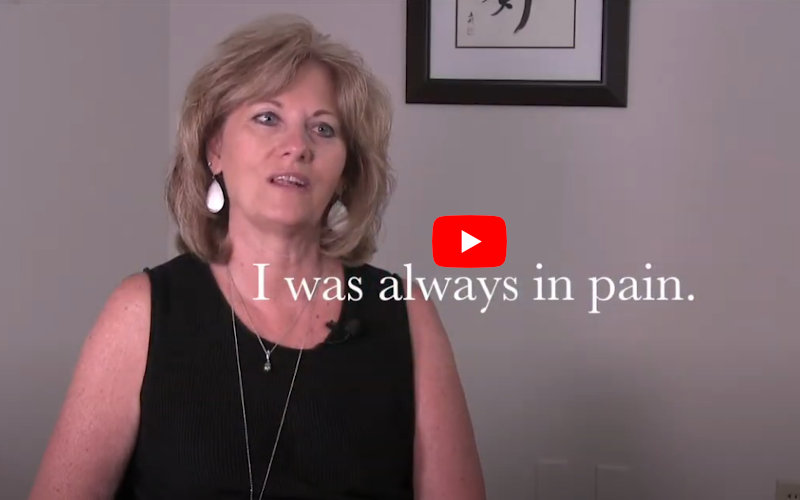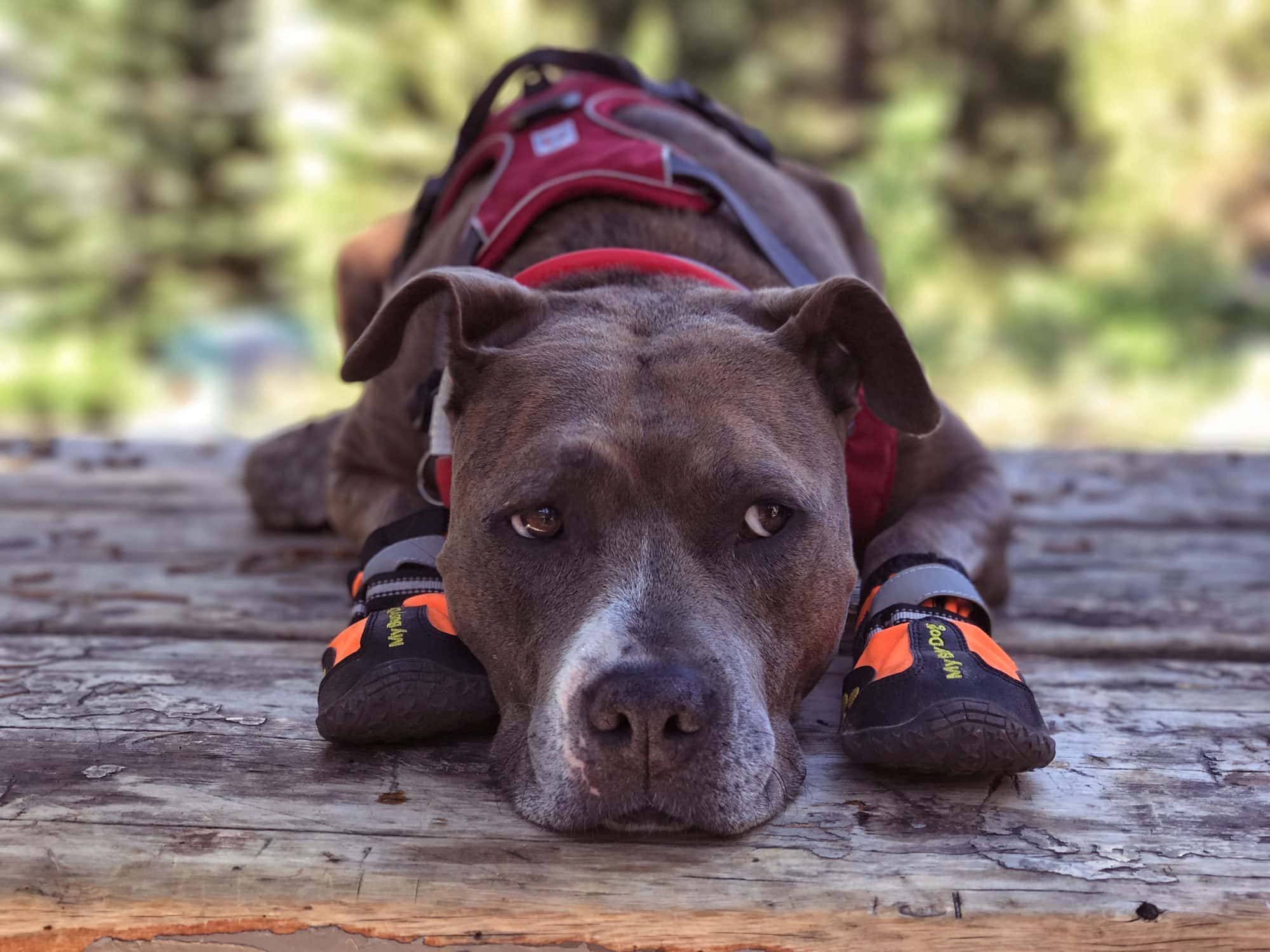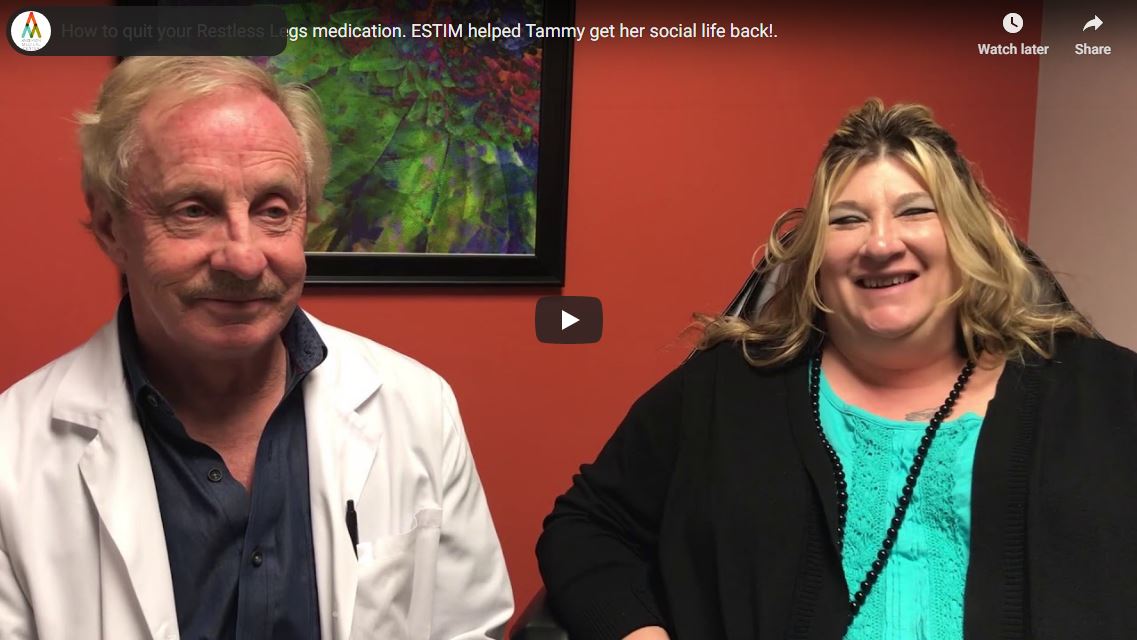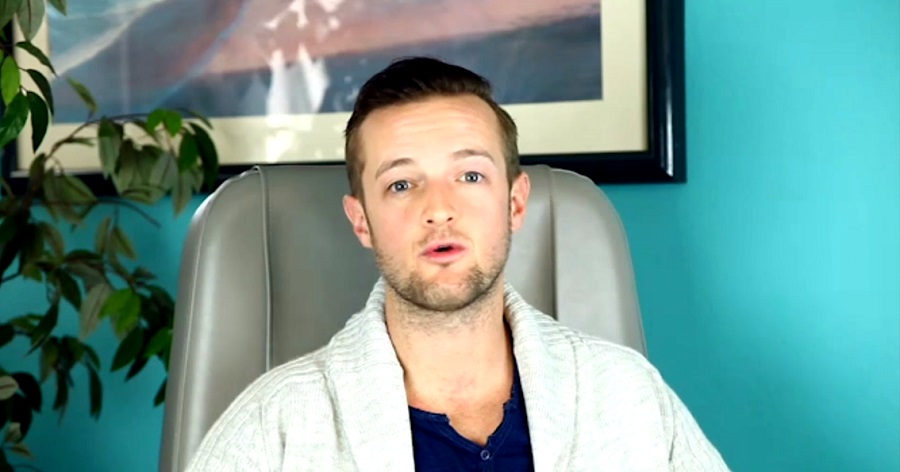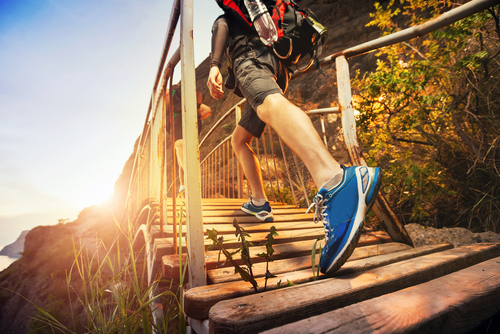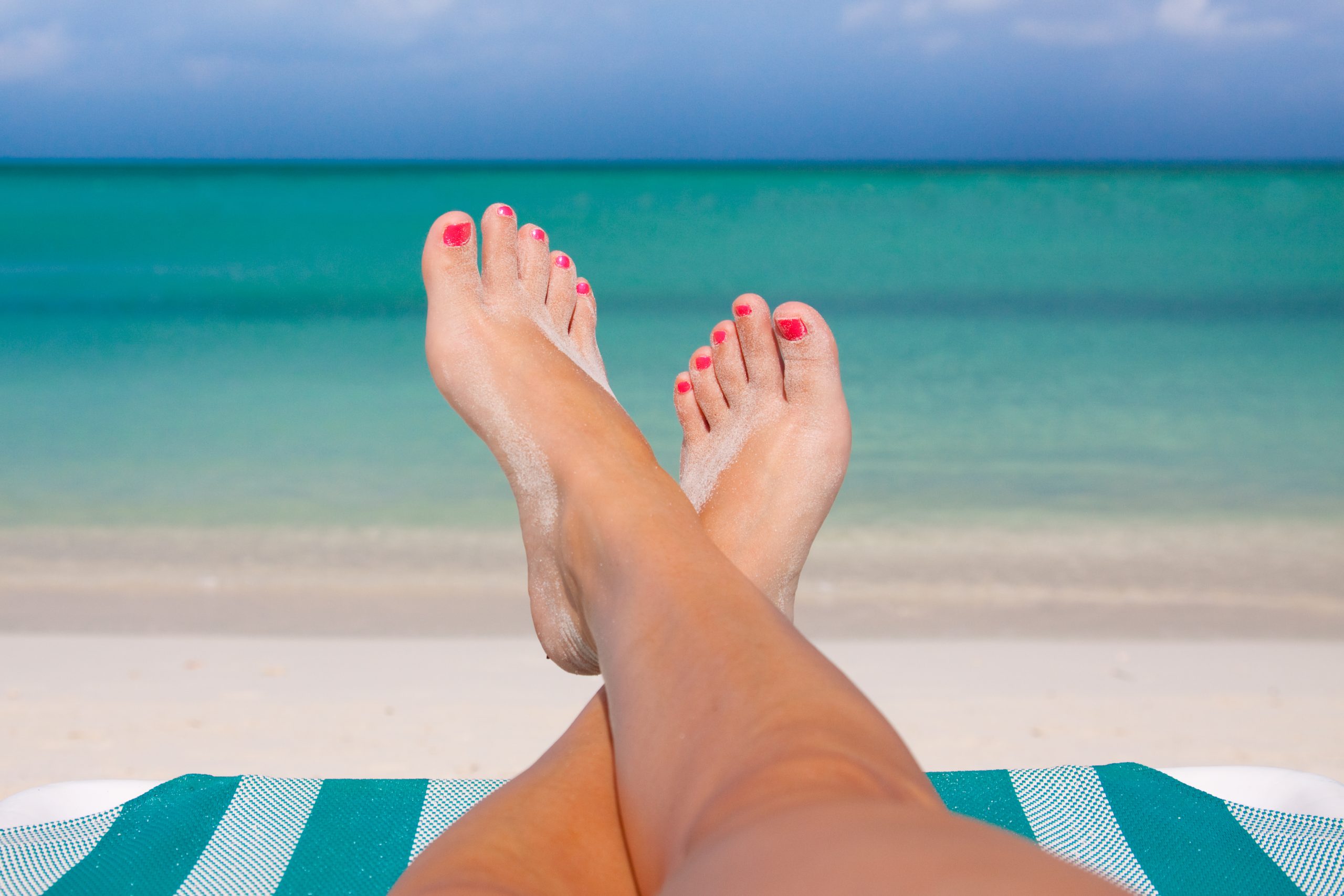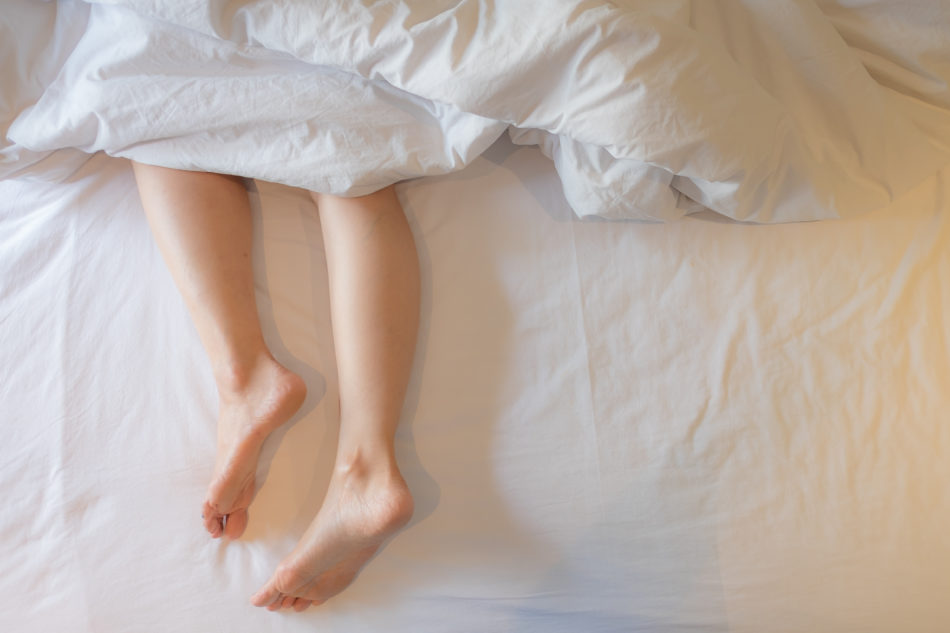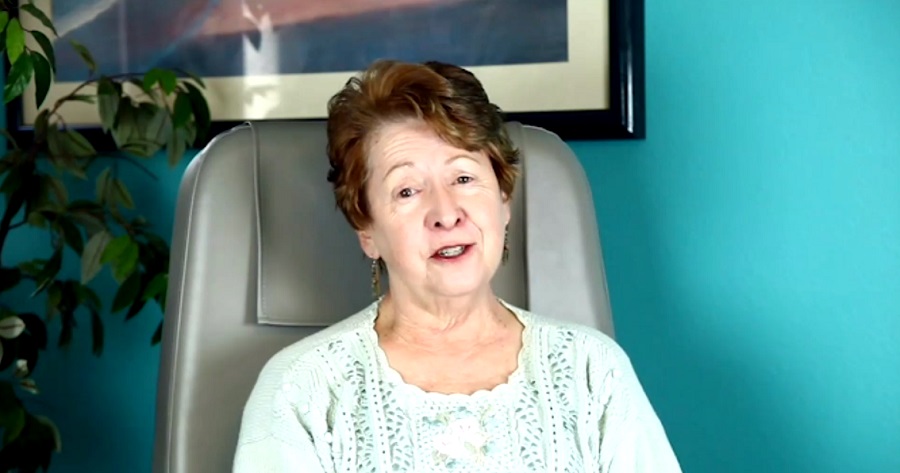Sports and Exercise Training – Ouch! What do I do if I’m Injured? Part Two of Two
By Anderson Podiatry Center, in consult with Dr. Stephen Wilkinson, DPM, Sports Medicine Specialist at Anderson Podiatry Center
Injury Treatment Plan
In our last blog we covered the steps Dr Wilkinson takes to obtain a complete analysis that forms the basis of a sound and effective treatment plan for foot and ankle and lower extremity injuries. Those who become injured during training can benefit from an efficient, effective treatment plan to keep downtime to a minimum and still be able to reach their fitness or event goals.
This time we’ll explore some of the nutritional, physical and mental approaches Dr Wilkinson uses to help you get past your injury, get to your event or goal and help prevent future occurrences.
At Anderson Podiatry Center and our Center for Regenerative Medicine, Dr Wilkinson uses a mind and body restorative process and training redirection to help you meet your goals. This includes addressing nutrition, sleep, mental attitude, injury mechanism, training or exercise schedule as well as equipment and the potential of your current injury. He thereby devises a rehabilitation program specific to your needs. Advanced modalities are used when needed to accelerate healing. The following explains his approach to these individual parts of the rehabilitation process:
Moving Past your Injury – Focus On:
1. Nutrition
- Although a basic nutrient allocation of 20-30% fat, 10-30% protein, and 45-65% carbs is optimal for those with an active lifestyle, requirements of activity, work and family make this easier said than done. Dietary balance should also be adjusted based upon the unique situation of each athlete. I.e. heavier athletes may include weight loss as a goal, and injured athletes may benefit from an adjustment in the recommended nutritional ratios and/or additional supplements.
- It is not uncommon to see deficits in calcium, magnesium, vitamin D and iron. Test values are used to indicate replacement or supplements in the correct combination.
2. Sleep
- The demands of modern life have contributed to a Healthy People.gov report that approximately 25% of average Americans have insufficient sleep half of the time. This, unfortunately, includes athletes, who have increased sleep demands during training, injury or illness. Sleep evaluation and intervention often involves a sincere allotment of time per daily and required activities, in addition to assessment with regards to activity required for sports goal success. Lower priority activities may need to be curtailed: a potentially tough decision but something’s gotta give to provide the long-term sleep requirements for progress in training and/or injury healing.
- When sleep requirements for training exceeds the amount of daily sleep time available, additional time may be needed to safely reach goals despite many athletes’ desires to charge forward. Here, the vision and experience of a sports medicine consultant can be essential.
3. Mental Attitude
- Possibly the most beneficial development that occurs when we strive to achieve more involved fitness or event goals is the process through which athletes improve their mental attitude. Improvement in self-confidence and improved self-image can often elevate an athlete’s success capacity beyond what was formerly believed. Important in this process is the conscious control of physical and emotional stress which must include appropriate and attainable goals and small interval reward breaks to allow for physical healing and mental reward for a job well done.
- Visualization and self-talk, either alone or with a motivation/visualization coach is important preparation for success. Mental preparation and mental toughness require the acceptance of a fluid process with ups and downs in reaching a goal. The ultimate success of this process involves arriving at the final event both physically and mentally prepared.
4. Injury Mechanism
In foot, ankle and lower extremity sports injuries, understanding the injury mechanism is critical to successful intervention. In sports injuries, even in the most complex cases, there is typically a single event or pattern of recurring events that is at fault.
- Single act injuries are often improved and resolved by isolation, rest, and regeneration.
- Injuries from chronic repetitive mechanisms can often be overcome through improved balance and redirection of forces to other targeted areas.
The sports medicine consultant can be essential in determining the offending mechanism and developing a recovery program for effective intervention.
5. Training or exercise guidance: schedule and equipment
Once the site and mechanism of injury are identified, a training schedule and specific rehabilitative equipment can be utilized to isolate injury areas, protect healing tissue, and strengthen supportive structures to allow for recovery. Often previously ignored core strengthening exercises, including those for posture and balance, can be performed on readily available equipment such as treadmills and ellipticals. We target larger protective muscle groups and pay specific attention to joint alignment and position, which can have a significant impact on energy utilization and other muscle function. Core strengthening and joint mechanics are often ignored by athletes due to time constraints or lack of specific training with regards to their importance. Attention to these areas in training not only promotes injury healing but also may elevate the athletes post-injury performance above pre-injury levels.
6. The potential of your current injury
The importance of understanding the athletes’ degree of injury and potential recovery cannot be overstated. Most injuries can be overcome with simple interventions. Occasionally, the extent of injury and the recovery potential requires an adjustment in goals and/or time to reach those goals. Additionally, some injuries may require advanced modalities such as prescription orthotics, regenerative medicine modalities, or corrective surgical interventions. As stated previously, appropriate evaluation and management with a clear understanding of time table and athlete goals is essential to success. Sports medicine consultants with proven event success can be essential to this process.
7. Advanced Modalities
These can include custom orthotics and regenerative medicine products:
- Orthotics: custom-made shoe inserts that are designed to correct abnormal or irregular foot or leg biomechanics. While over-the-counter foot orthotics are available and may help people with mild symptoms, they normally cannot correct the wide range of symptoms that prescription foot orthotics can. Prescription orthotics are custom made to fit an individual’s unique foot structure. If you exercise and train often, you most likely can benefit from an orthotic that best addresses your particular activity, shoe gear, and foot type.
- Regenerative medicine: an exciting new option for fast healing with little downtime, these products stimulate your body at the cellular level, giving it the power to regenerate injured joints and tissues. At Anderson Center for Regenerative Medicine, we use three types of regenerative medicine products.
If you have an important goal to accomplish and are hindered by running or exercise pain, foot problems or injury, ankle injuries, plantar fasciitis or other problems, give Dr Wilkinson a call at Anderson Podiatry Center and Anderson Center for Regenerative Medicine. He is ready to listen and understand, and to help.
To make an appointment with Dr. Wilkinson, Click HERE
Dr. Wilkinson is an ultra-runner, having completed many 50 and 100-mile races. As a Podiatrist who has successfully weathered his own sports injuries in the past, Dr. Wilkinson enjoys working with patients who are also athletes pursuing their own fitness goals. He believes in injury prevention through gait analysis, biomechanics, and sound, reasonable training techniques but is also an astute provider of clinical and surgical methodology to help return injured athletes to their playing field. Learn more about sports medicine injury treatment
